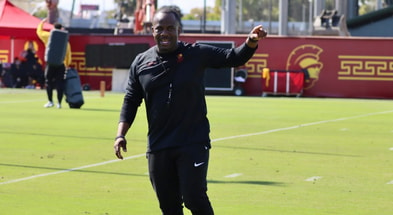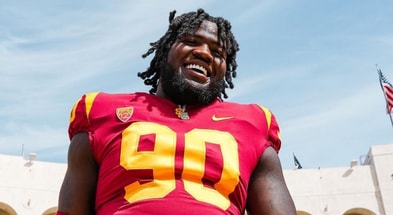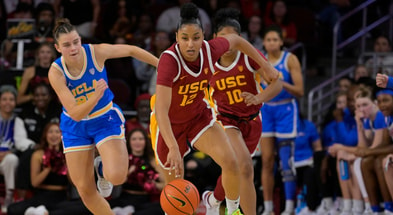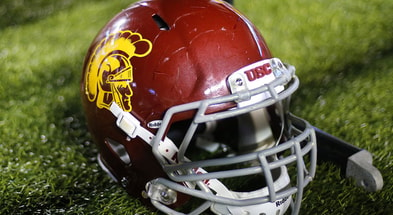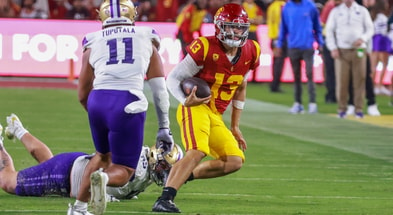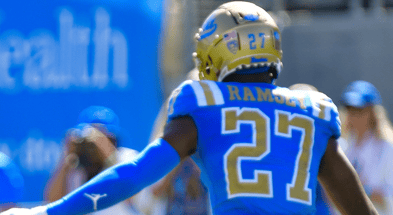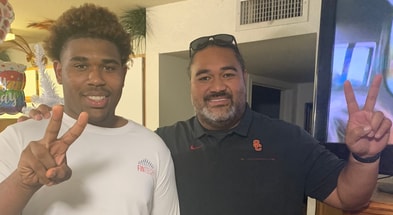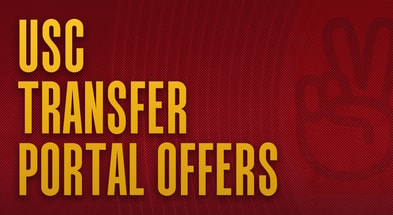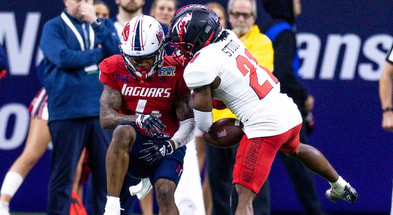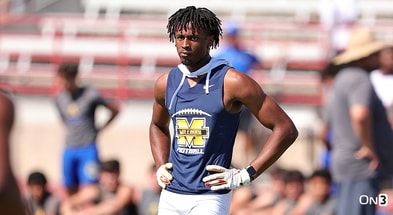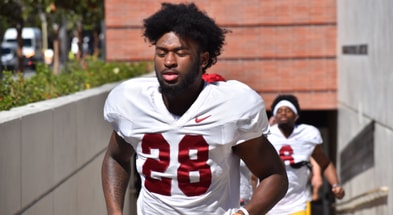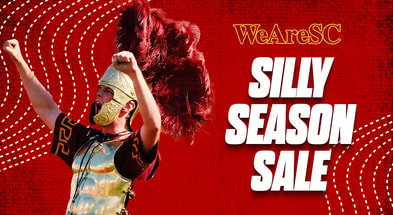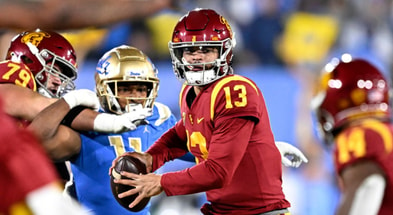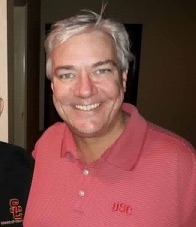O/NSO: The USC Football Mount Rushmore series edition: Presenting the immortal head coaches
The Obvious: In our current state of affairs, there’s nothing more mentally refreshing than a good-old thought provoking distraction or “misdirection” to use a football term. So what better way to cleanse a cardinal and gold mind than to stir the debate juices when it comes to formulating a four-man USC Mount Rushmore as it pertains to past Trojans head football coaches and position groups?
The Not So Obvious: With some extra time to reevaluate USC football history, the O/NSO proudly presents a new presentation entitled “The USC Mount Rushmore Series.” In the coming weeks, the O/NSO will give you our choices for sculptured immortality. To get us started, here’s our four-man Mount Rushmore for USC head coaches. Feel free to dissent from our selections and tell us your own opinions on the Garry P. WeAreSC message board. FYI, our four-man selections per head coaches and position groups are not ranked in order of greatness but in chronological order.
So, let’s begin with our four head coaches selections for placement on the USC Football Mount Rushmore.
The Obvious: Howard Harding Jones (1925-40) was inducted into the College Football Hall of Fame in 1951, and his coaching record at USC was 121-36-33 with a .750 winning percentage.
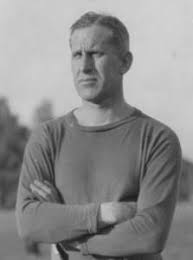
The Not So Obvious: Born in Excello, Ohio, Jones was not the original choice to be the USC head football coach. The Trojans were forced to go to a secondary choice and hired Howard Jones after getting a recommendation from Notre Dame’s legendary football coach Knute Rockne.Before coming to Troy, Jones had been a successful head football coach at Syracuse, Yale, Ohio State, and Iowa. All “HoJo” did during his time at USC was win four national championships and guide the Trojans to five Rose Bowls (all wins).
A lasting mark of his greatness is that fact that he and Notre Dame’s Knute Rockne agreed on a home-and-home series between the Trojans and the Fighting Irish that still lives on today. Also living on is the fact that the Trojans practice field on campus is called Howard Jones Field. Below is a short documentary on Howard Jones.
The Obvious: John Harvey McKay (1960-75) was inducted into the College Football Hall of Fame in 1988, and his coaching record at USC was 127-40-8 with a .749 winning percentage.
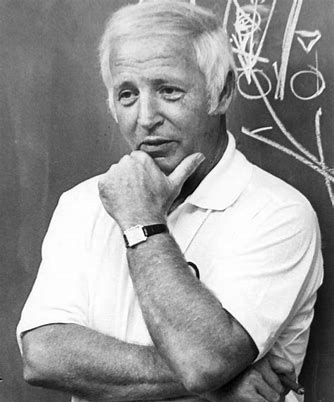
The Not So Obvious: In his 16 seasons as the head coach of the Trojans, John McKay is arguably the greatest head football coach in its glorious history. In a town full of celebrities, McKay was royalty with class, a true LA icon.
Tough, funny, witty, disciplined, organized, and extremely innovative, the “Silver Fox” perfected the I-formation and changed the course of college football during his time. McKay set the bar with four national championships, nine conference titles, eight Rose Bowl appearances that included five Pasadena victories, two Heisman Trophy winners (Mike Garrett and O.J. Simpson), and countless All-Americans and high pro football draft picks. Below is a documentary on McKay’s life and history as the head coach at Troy and then the NFL’s Tampa Bay Buccaneers.
The Obvious: John Alexander Robinson (1976-82, 1993-97) was inducted into the College Football Hall of Fame in 2009, and his coaching record at USC was 104-35-4 with a .741 winning percentage.
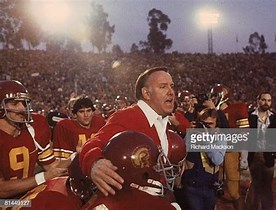
The Not So Obvious: One of the most beloved coaching figures in USC annals, the gregarious Robinson even today remains a Trojans favorite despite no longer being affiliated with the Trojans. “JR” inherited John McKay’s treasure trove of talent when he was named the successor to the legendary coach and proceeded to continue the McKay footprint of power football, tough defense, and outstanding recruiting.
Among his accomplishments at USC, Robinson captured a co-national title in 1978, four Rose Bowl victories (7-1 in overall bowl games), mentored two Heisman Trophy winners (Charles White and Marcus Allen), and continued McKay’s tradition of All-Americans and high NFL draft picks. Robinson ended up “retiring” from coaching the Trojans after the 1982 season only to be named head coach of the 1983 Los Angeles Rams.
“J-Rob” returned for a second tour of duty as the head coach of the Trojans in 1993, but his second stint, while achieving bowl victories in the Freedom, Cotton, and Rose Bowls, didn’t reach the national championship level. Below is a short documentary on John Robinson at USC.
The Obvious: Peter “Pete” Clay Carroll (2001-09) will, no doubt, one day be inducted into the College Football Hall of Fame, highlighted by his coaching record at USC of 83-18 with a .822 winning percentage, which doesn’t include 14 wins and 1 loss due to NCAA penalties. Carroll’s original record before the NCAA was 97-19-0 and a .836 winning percentage.

The Not So Obvious: If John McKay was royalty during his time in Los Angeles, one could reasonably say that Pete Carroll was celebrity. With his boyish good looks and ultra-extroverted personality, Carroll was tailor-made for the LA scene. You could also argue that the coach is a legitimate challenger as the greatest football coach in USC history.
Coach Charisma’s winning percentage numbers are even better than those of McKay. By the time Carroll departed USC for a return to the NFL, he had captured two national titles and played for another, captured six BCS bowl victories, achieved seven conference titles, collected four Rose Bowl wins, had a stretch of 34 victories in a row, was a combined 14-2 against UCLA and Notre Dame, guided two Heisman Trophy winners (Carson Palmer and Matt Leinart), and unleashed a jaw-dropping array of talent from some of the best recruiting classes the university has ever seen.
However, his tenure was later stained upon his departure by NCAA sanctions, which were provoked by his star All-America tailback Reggie Bush receiving improper benefits. Below is a riveting documentary on Pete Carroll from a 60 Minutes interview.
The Obvious: And finally, let the discussion begin. Just who is the greatest head football coach in USC history?
The Not So Obvious: Howard Jones, John McKay, John Robinson, or Pete Carroll? Let the great debate begin!
